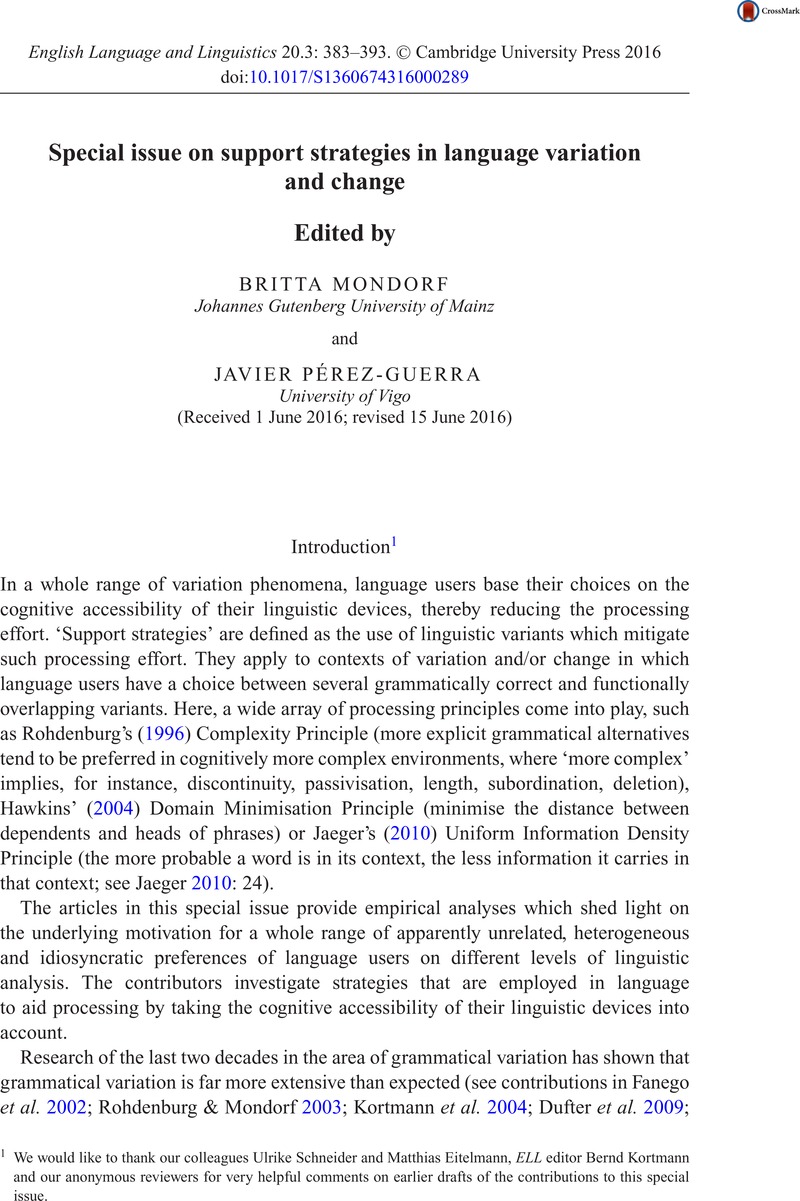Crossref Citations
This article has been cited by the following publications. This list is generated based on data provided by Crossref.
Schmuck, Mirjam
Eitelmann, Matthias
and
Dammel, Antje
2018.
Reorganising Grammatical Variation.
Vol. 203,
Issue. ,
p.
1.
Schneider, Ulrike
2021.
Loss of intersective gradience as the lifeboat of a dying construction. An analysis of the diachronic change of causativebring.
Folia Linguistica,
Vol. 55,
Issue. s42-s2,
p.
429.
SCHNEIDER, ULRIKE
2023.
Reflexive analytic causatives: a diachronic analysis of transitivity parameters.
English Language and Linguistics,
Vol. 27,
Issue. 4,
p.
789.



